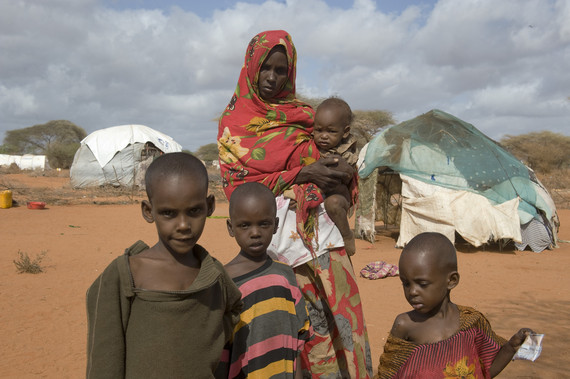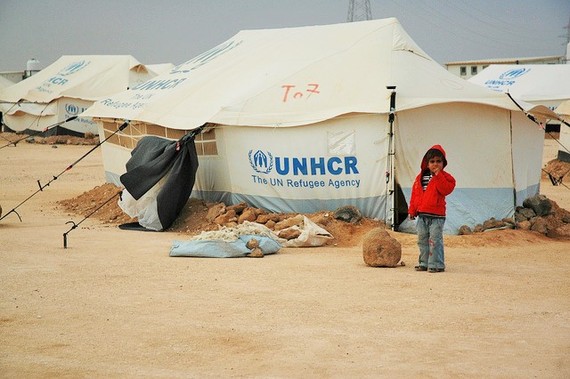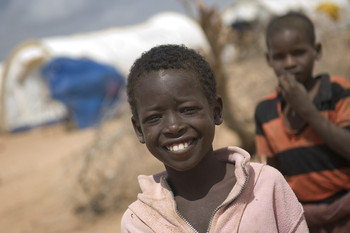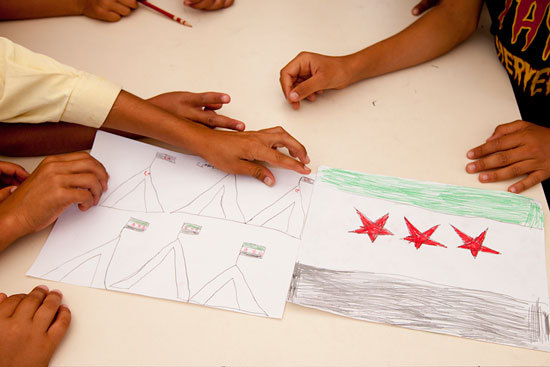With the world's response to the refugee crisis dominating news headlines, many misconceptions are questions are arising.
What is the definition of a refugee? How many refugees are there around the world? What causes people to become refugees?
Here are 8 facts about refugees:
1. Refugees have fled persecution or war
In order to officially be considered a refugee, a person must have suffered persecution on account of race, religion, nationality, political opinion, because they are part of a persecuted social group, or because they're fleeing war. Those people who claim to be refugees, but whose cases haven't been fully evaluated may instead be defined as "asylum seekers."
2. Refugees have crossed an international border
There are lots of people who are forced to leave their home because of persecution or war. But not all of them are considered refugees. People who have fled their home, but stayed within their own country are considered "internally displaced," or "internally displaced persons" (IDPs). In 2014, it was estimated that there were 38 million IDPs around the world. [source]
3. Both Lutheran World Relief and the UNHCR began in response to World War II, with the intent of disbanding shortly after
Lutheran World Relief was founded in 1945 as a way for Lutherans in the United States to send aid and relief to their (often literal) brothers and sisters in Europe affected by the War. The United Nations High Commissioner for Refugees (UNHCR) was formed in 1950 to help the 40 million refugees across Europe. Both organizations had the intention of closing up shop within a few years, but have continued their missions over the past sixty years as new needs have arisen. [source]
4. Almost half of all refugees are children
Many of these children may spend their entire life away from home. And these children are far more vulnerable to abuse, neglect, or other types of violence. [source]
5. There are currently 21 million refugees worldwide
The UNHCR estimates that, as of 2015, there were just over 21 million refugees around the world. [source] This is higher than the year before. Which brings us to our next fact...
6. There are currently nearly 5 million Syrian refugees
The UNHCR currently has registered 4.8 million Syrian refugees, and, as of November 2016, predicts 8.7 million to be displaced inside Syria in 2016. [source] Other countries in the region have also been affected by conflict. In Yemen, over 2 million people have been internally displaced. [source]
7. There are nearly 2.5 million refugees in Southwest Asia
The conflicts in Afghanistan and Pakistan over the past decade have caused millions of people to flee their countries. But many are also beginning to return home. Over the past ten years, nearly 6 million refugees have moved back into Afghanistan and in the 2016, 117,000 Afghan refugees have returned from Pakistan. However, there is still a huge concern for the safety and wellbeing of people moving in and out of this region, and humanitarian access is limited. [source]
8. Churches have provided sanctuary for refugees for centuries
While the term sanctuary has its roots in sacred spaces (the Latin word sanctuarium refers to a place for holy things or holy people), the first Council of Orléans, in 511 AD, established the right of sanctuary, decreeing that people can find refuge from persecution in churches. [source]






